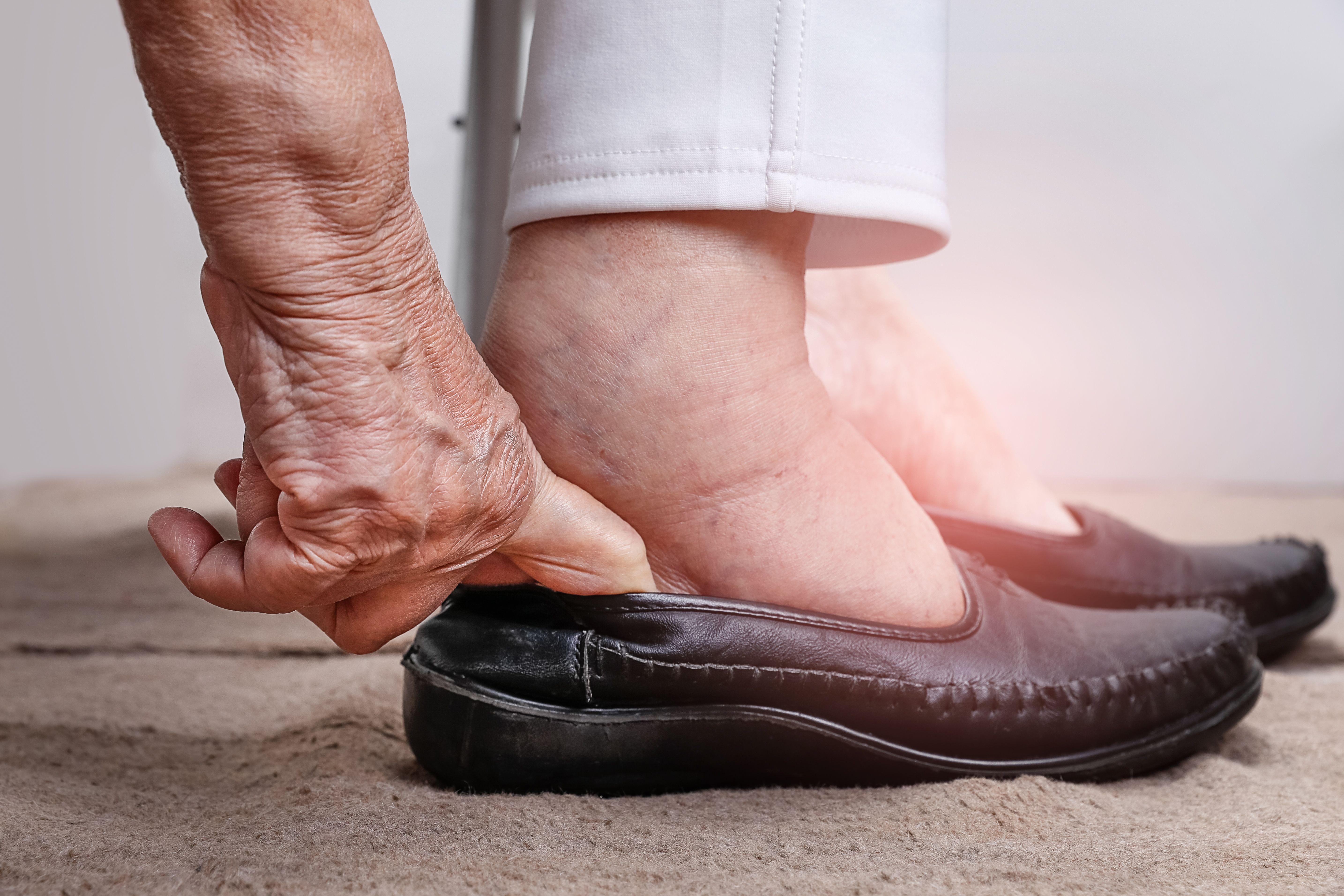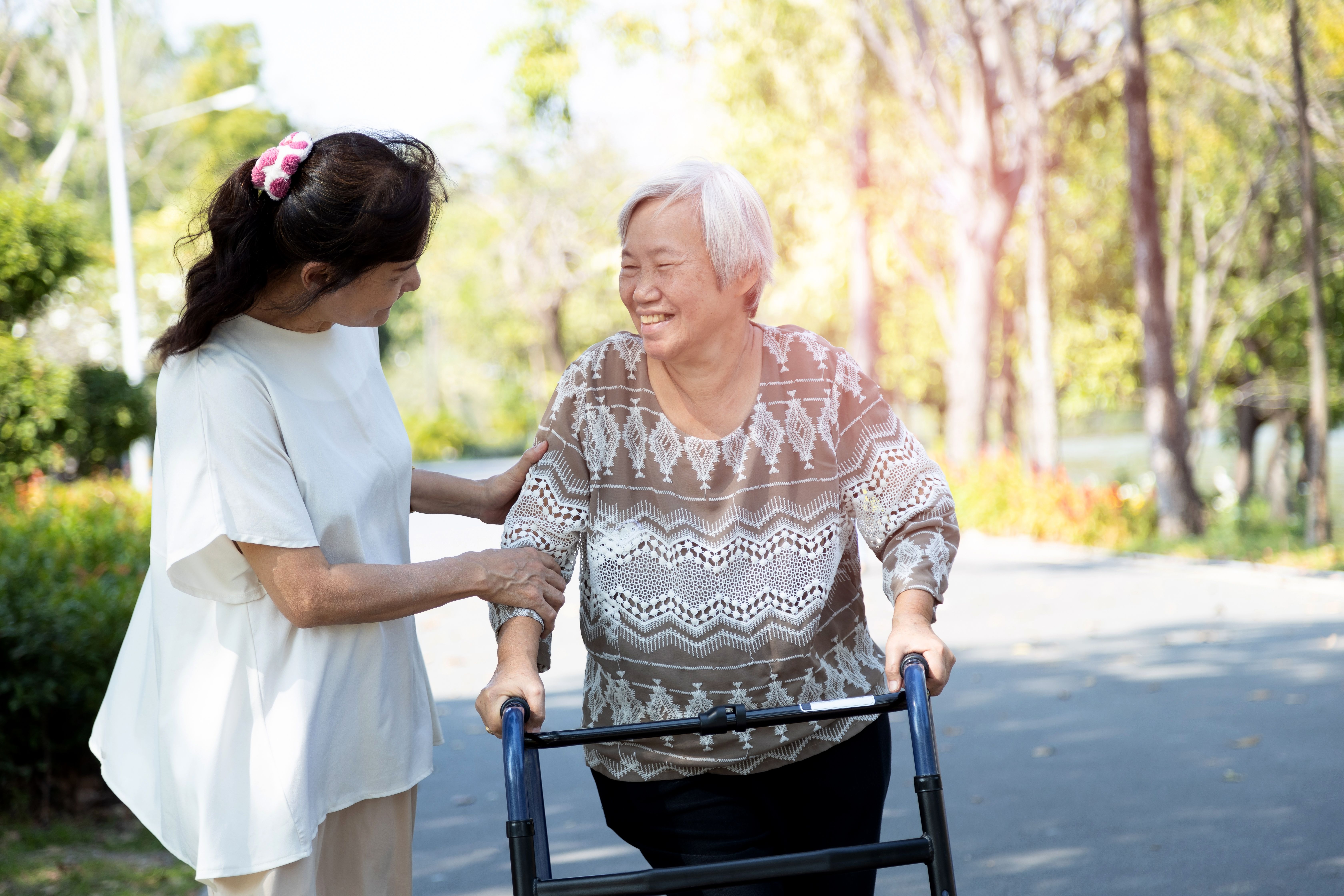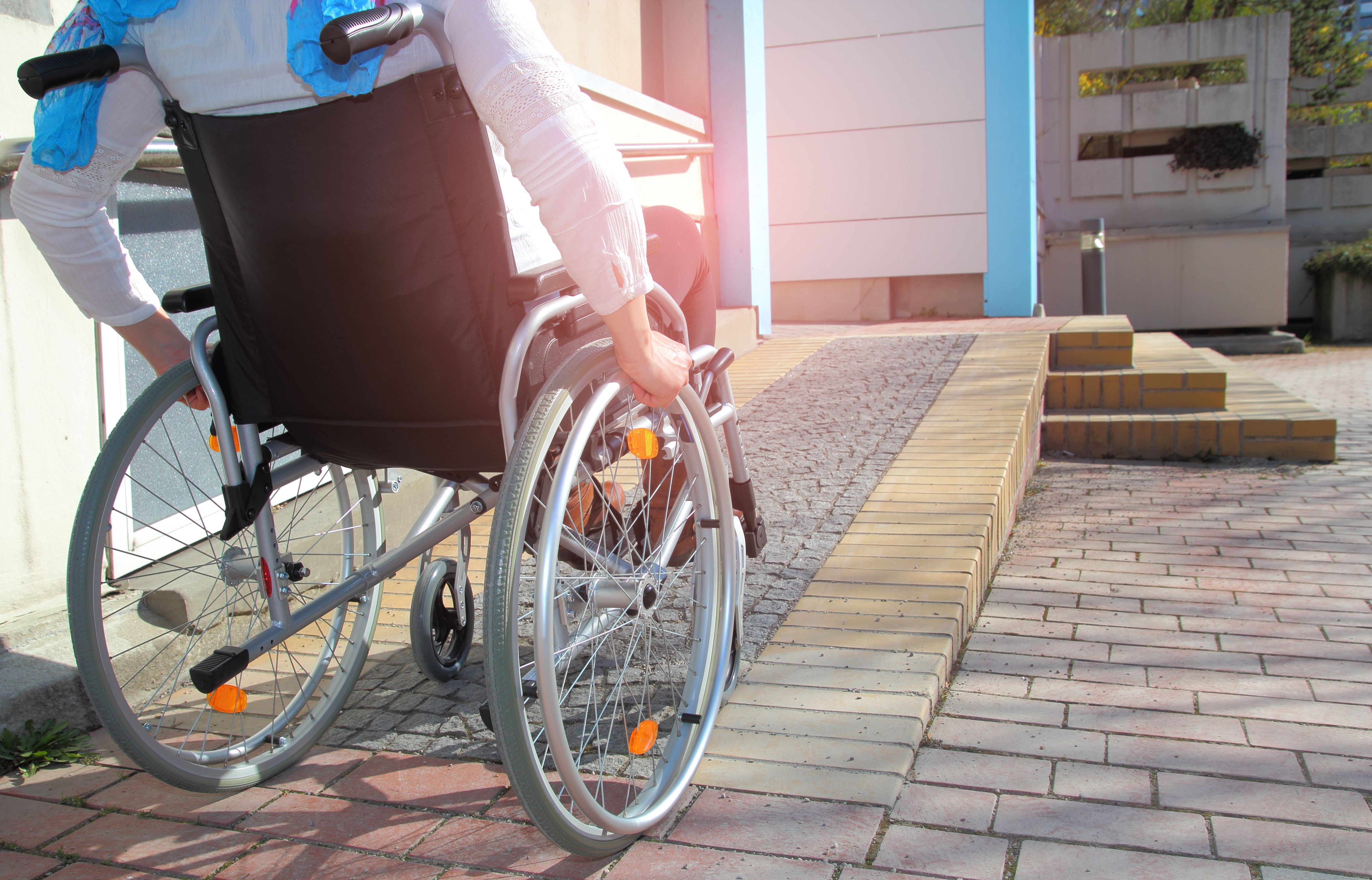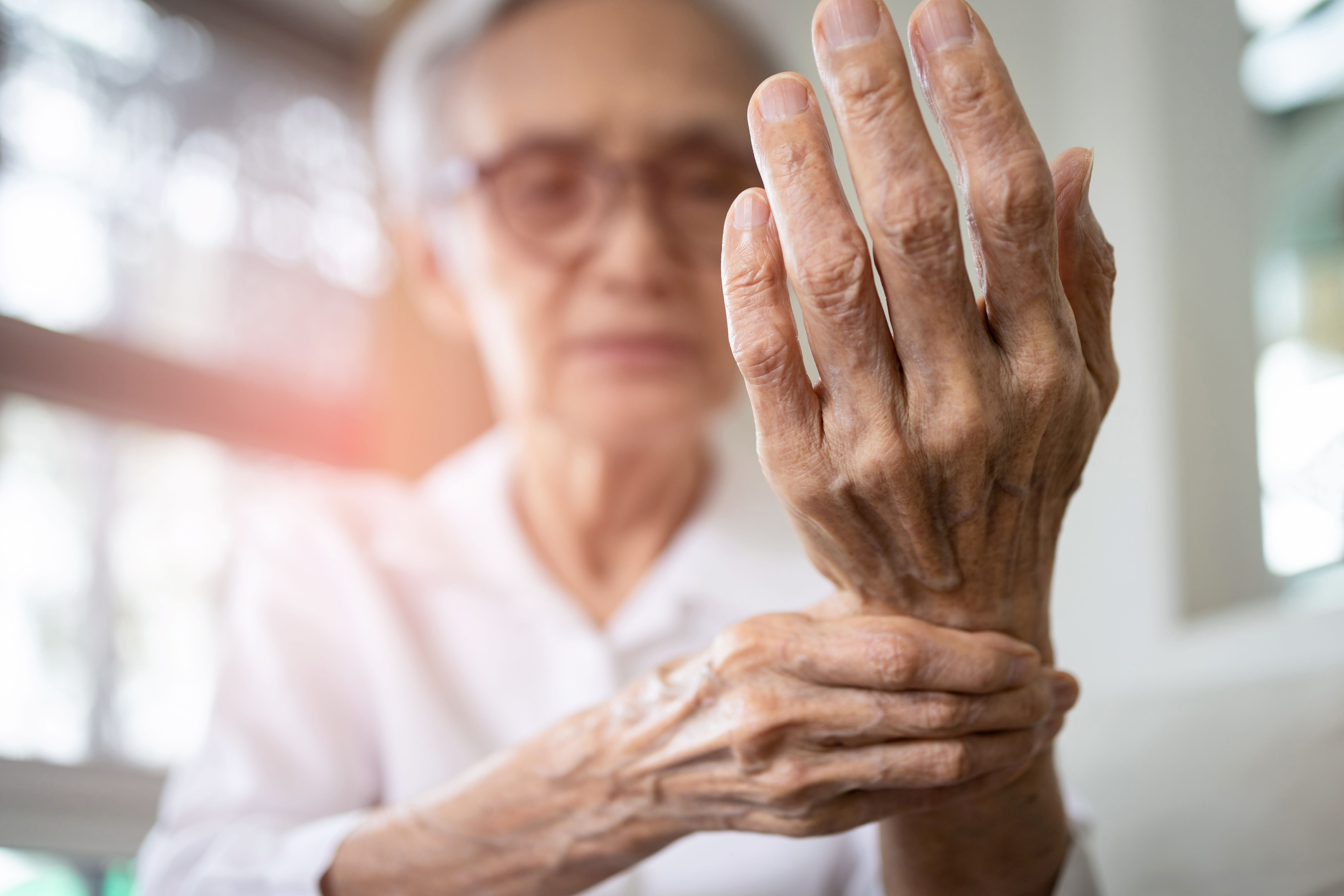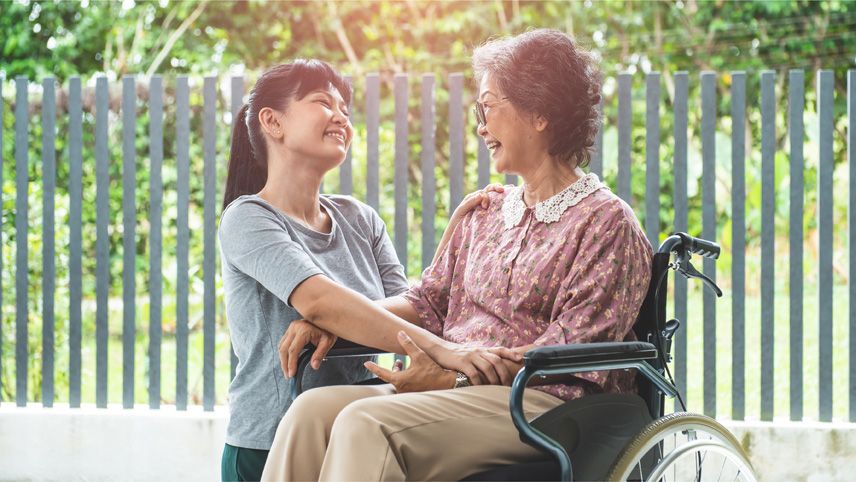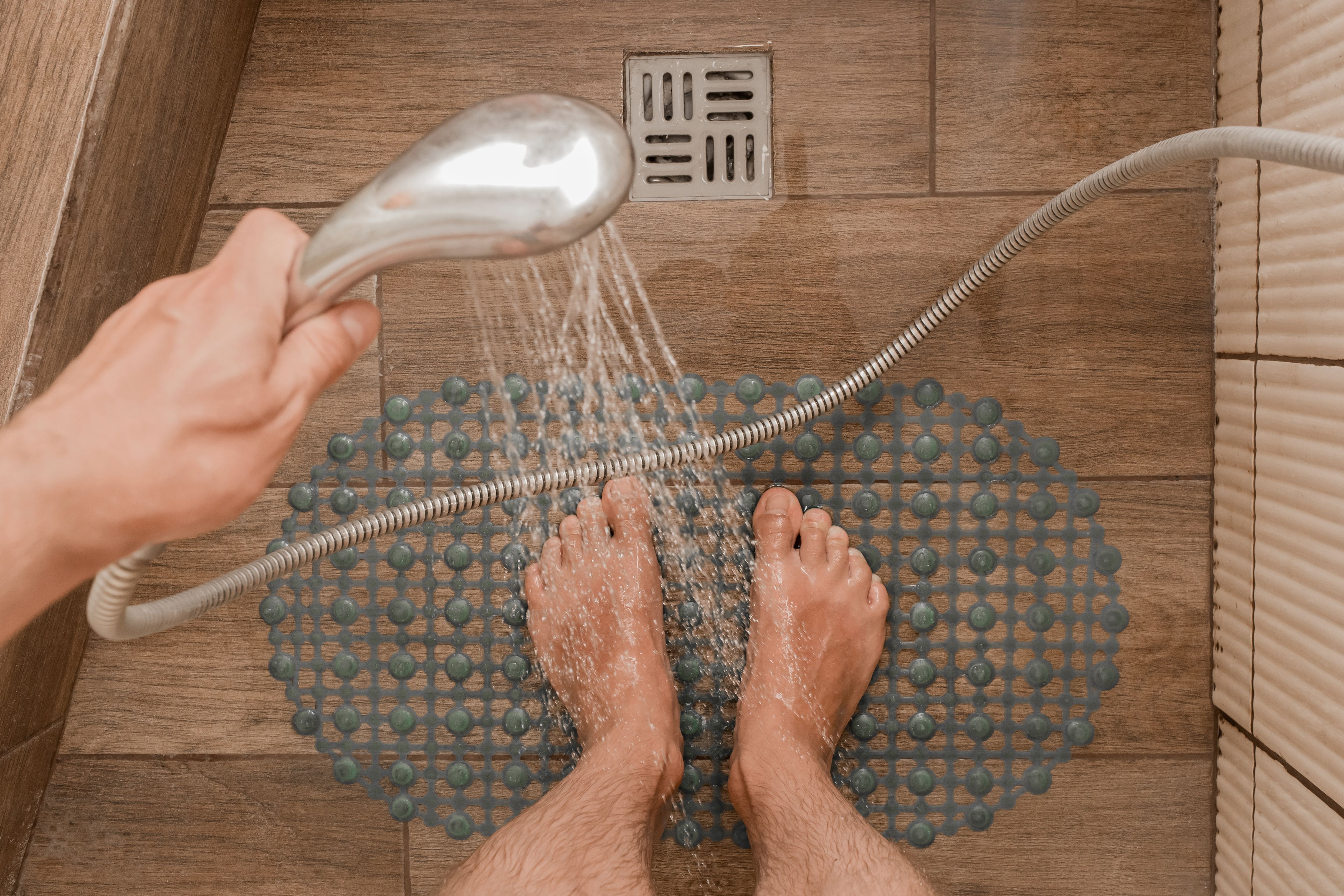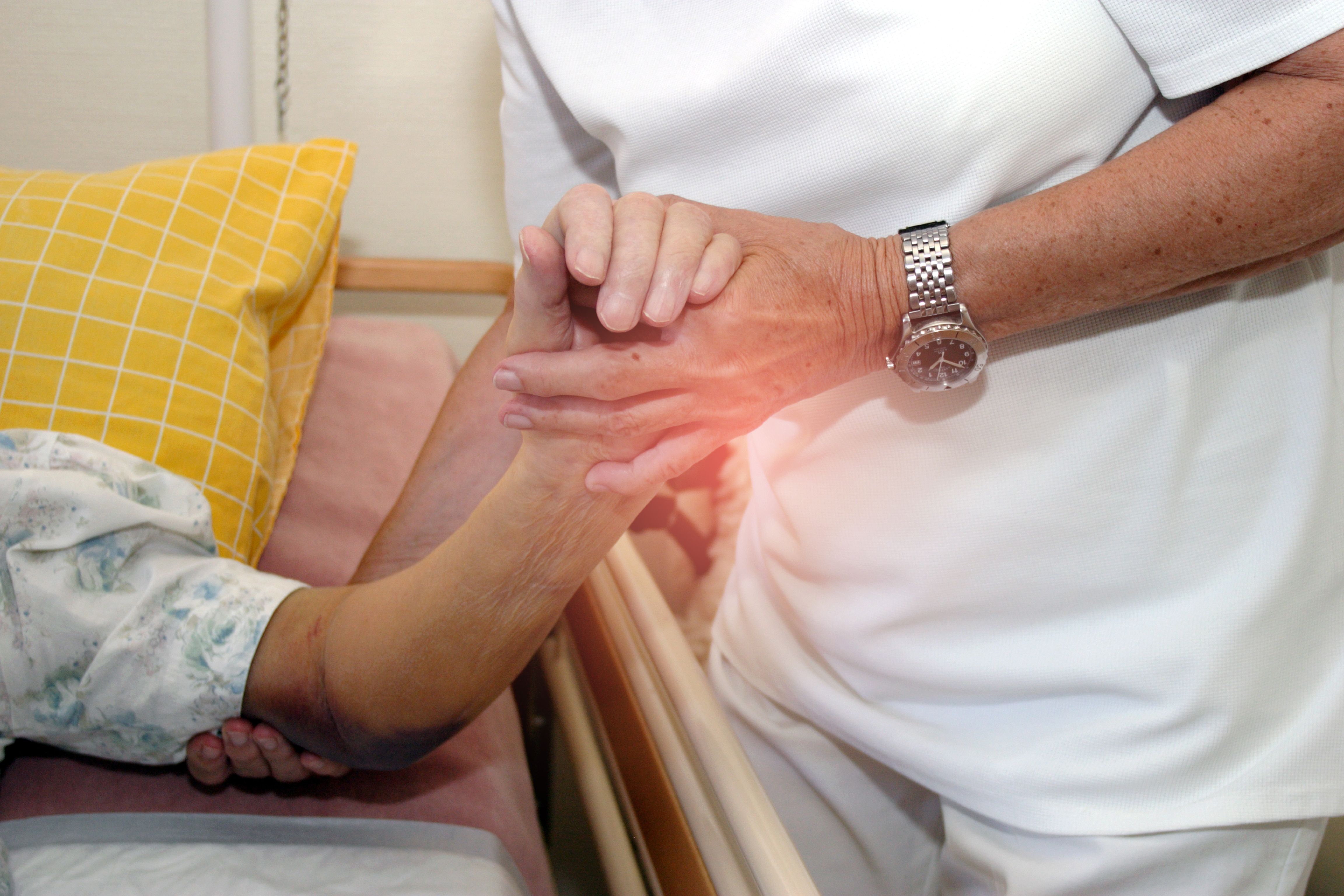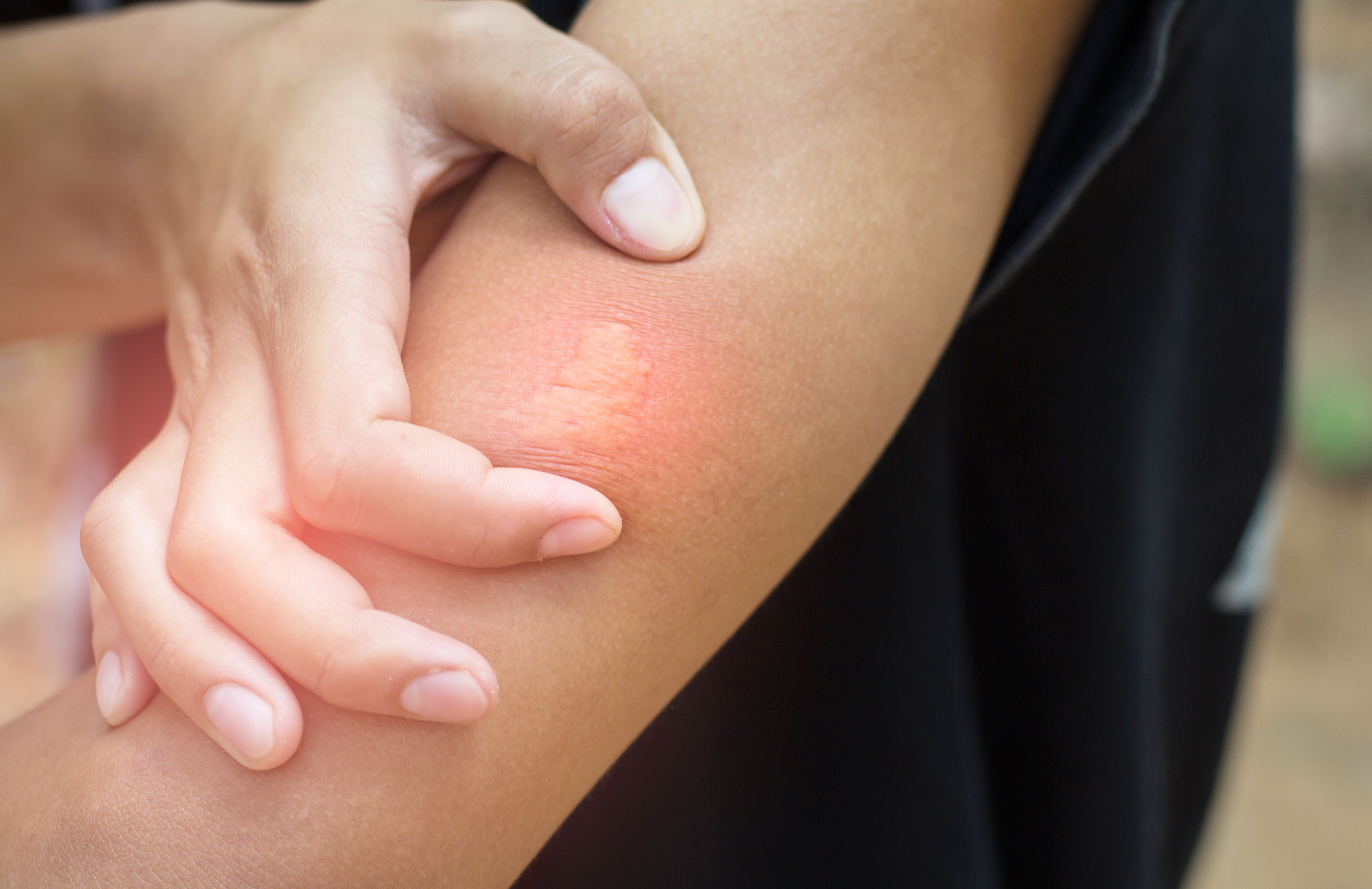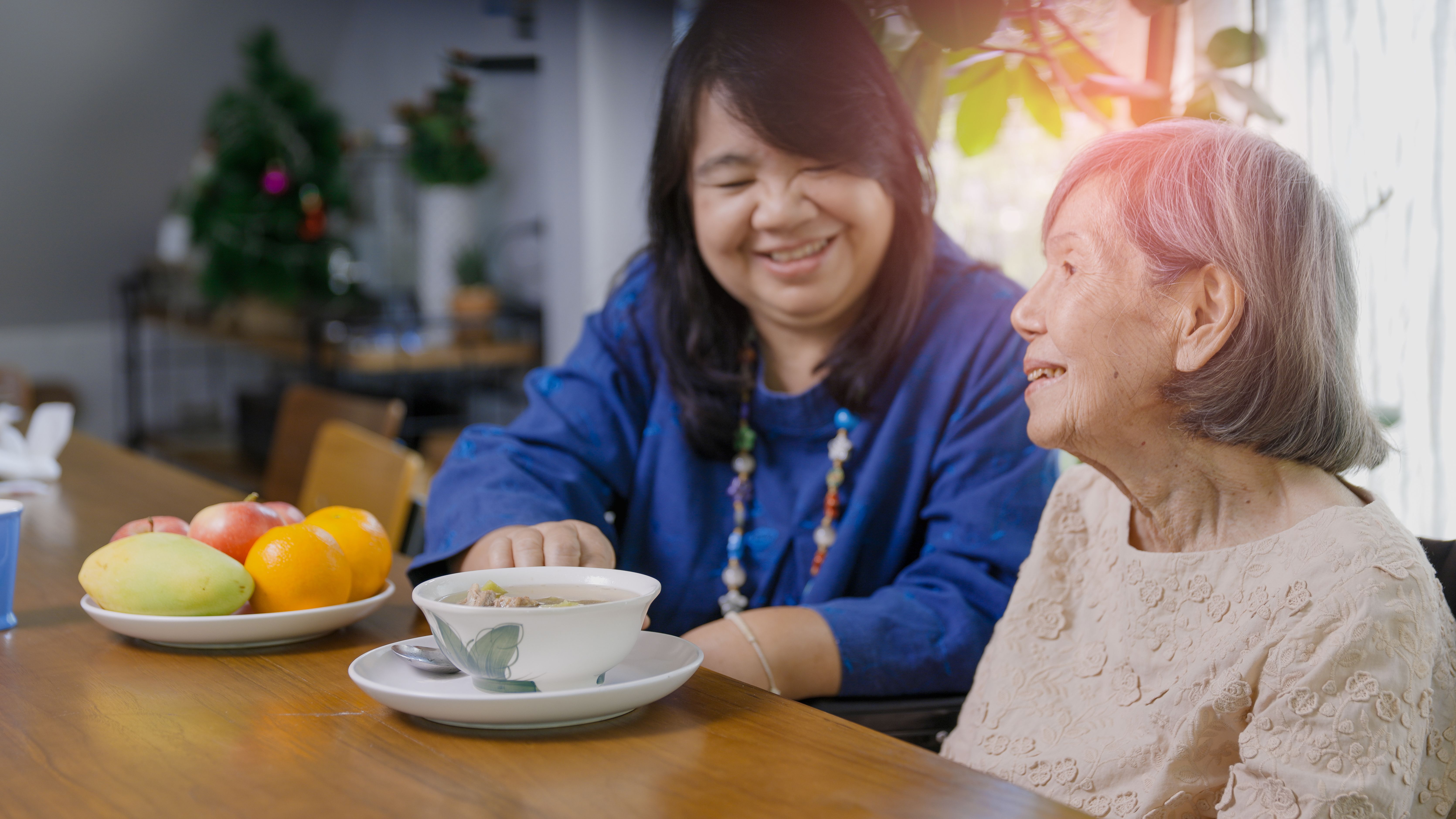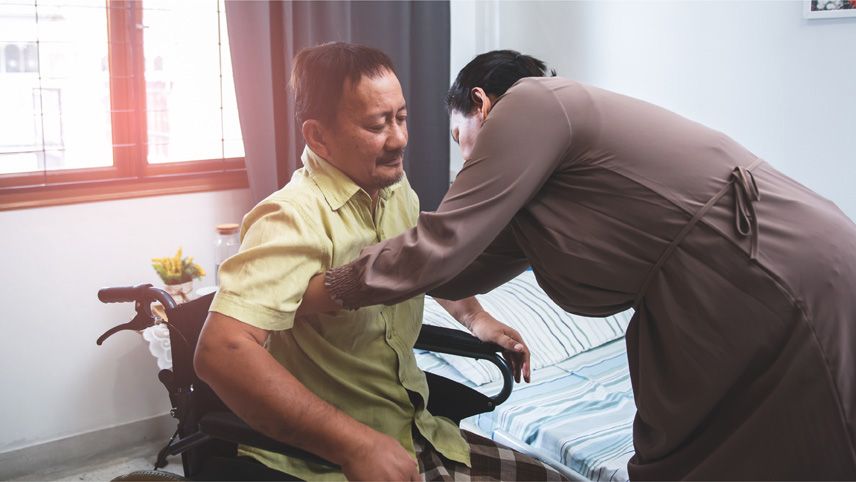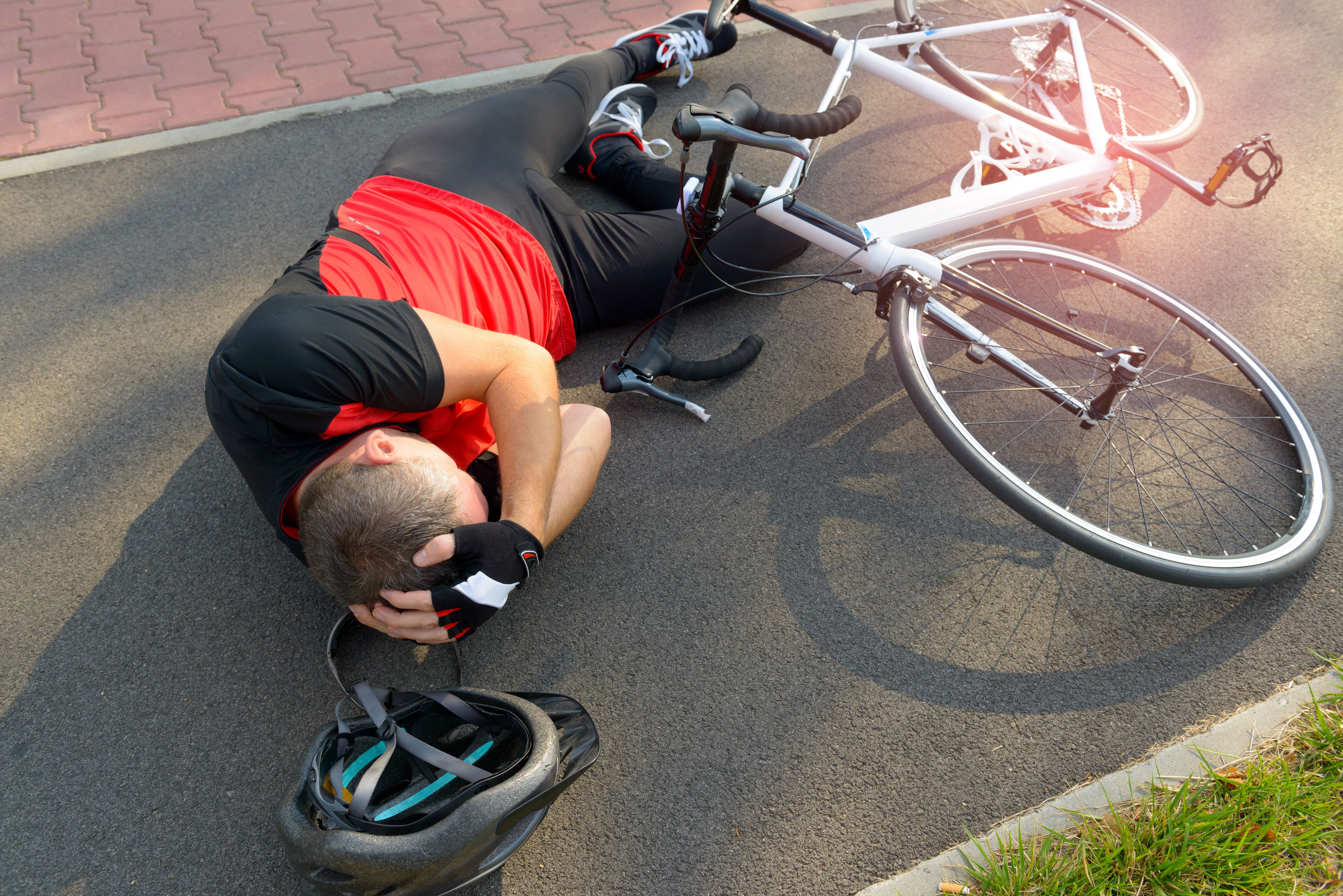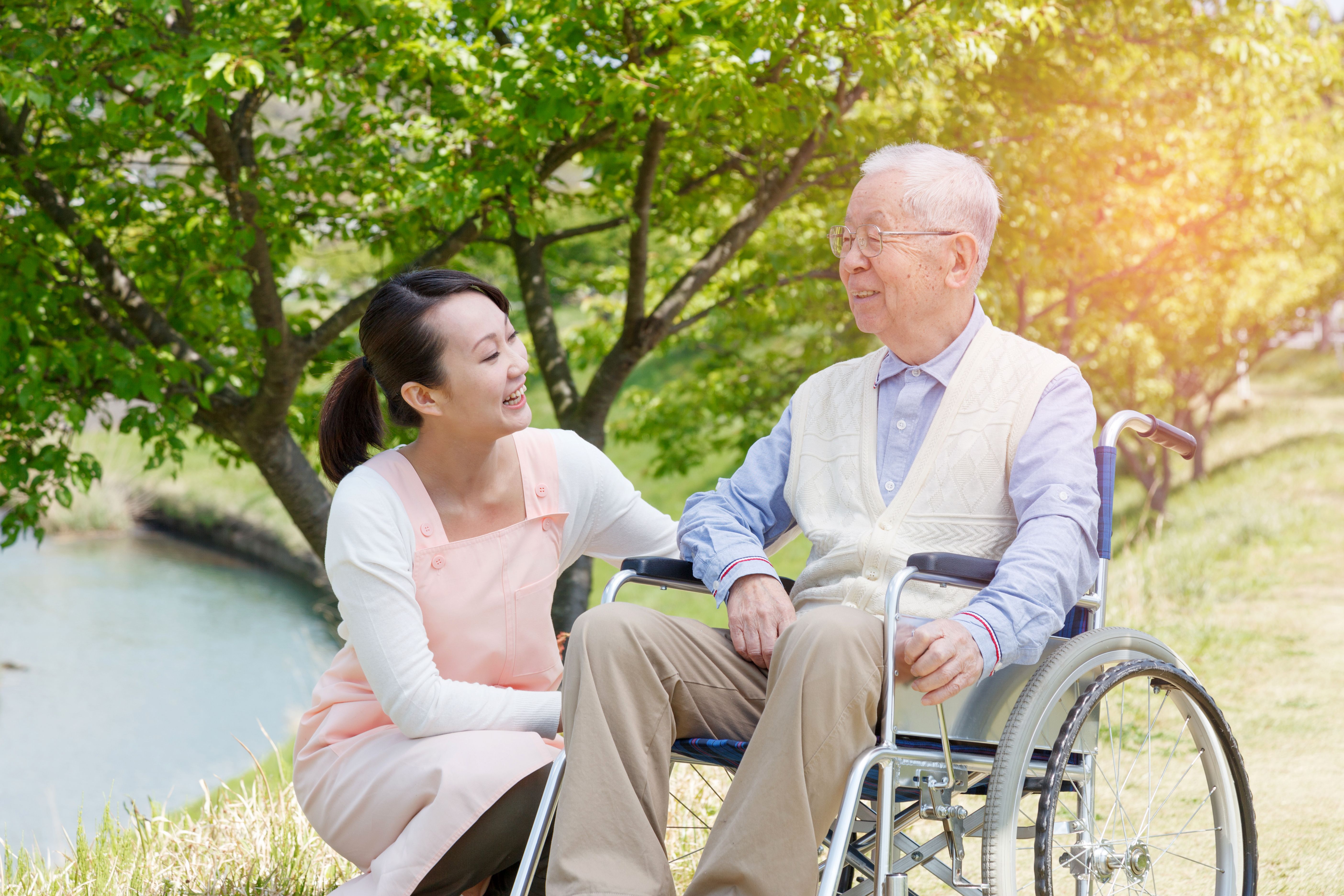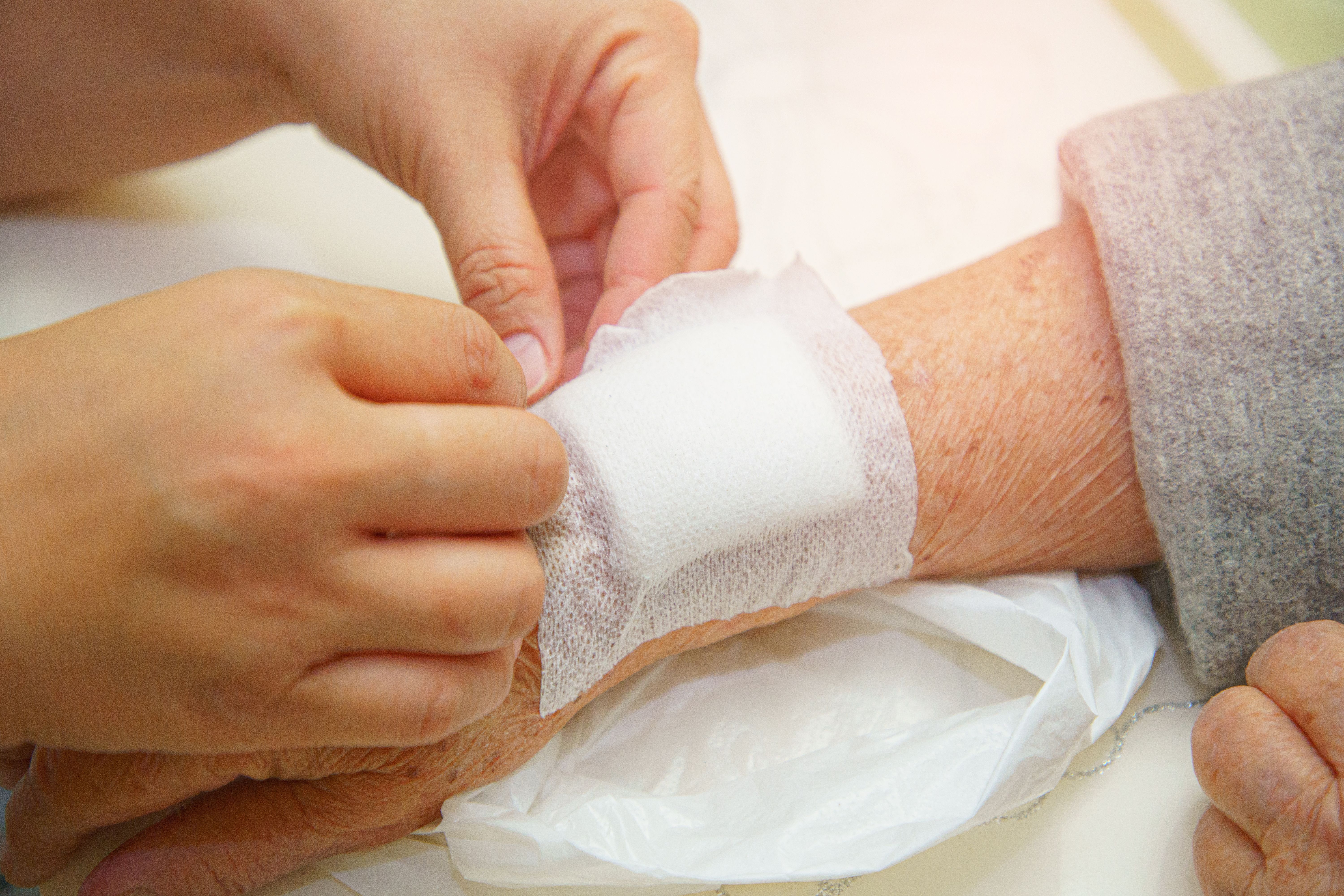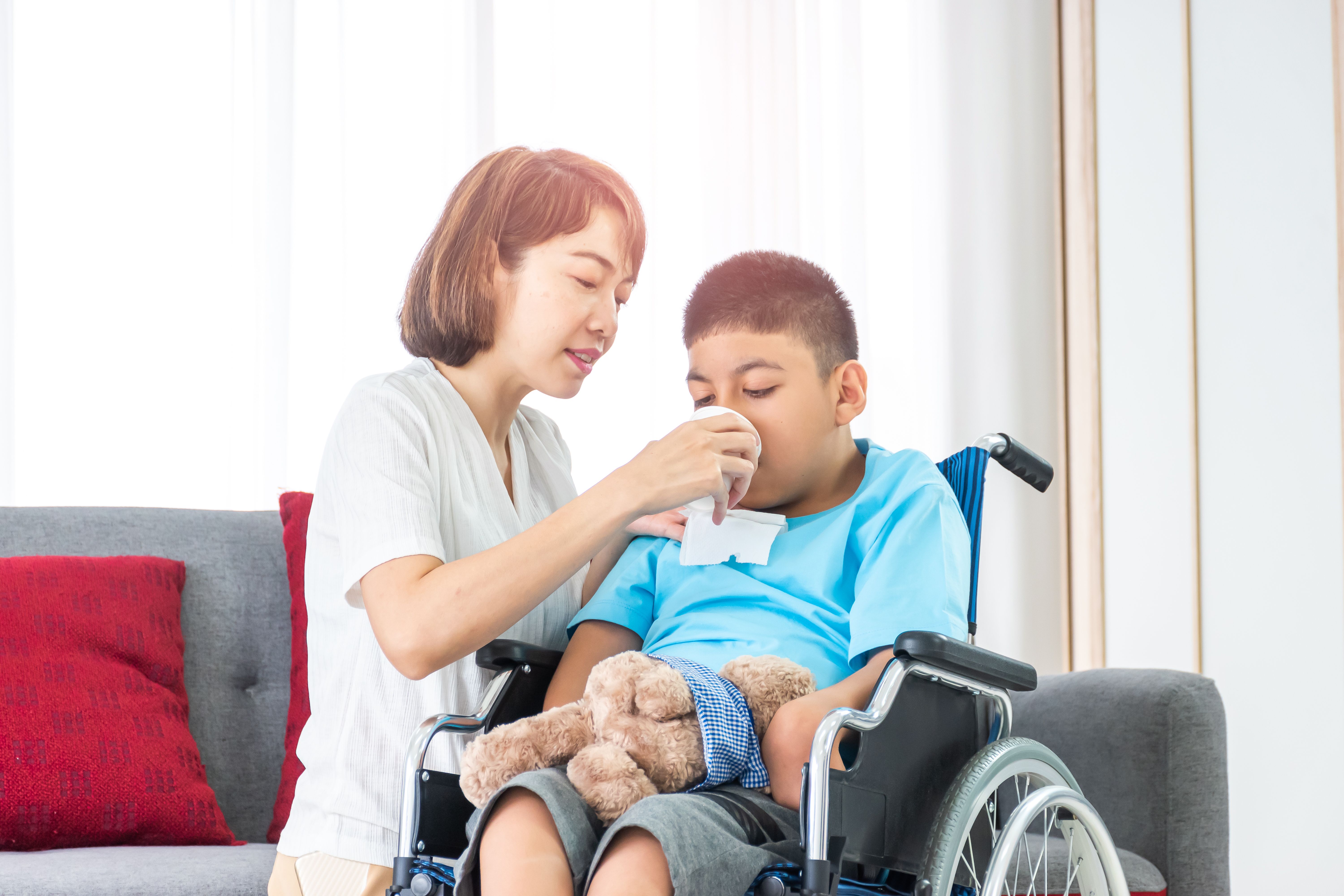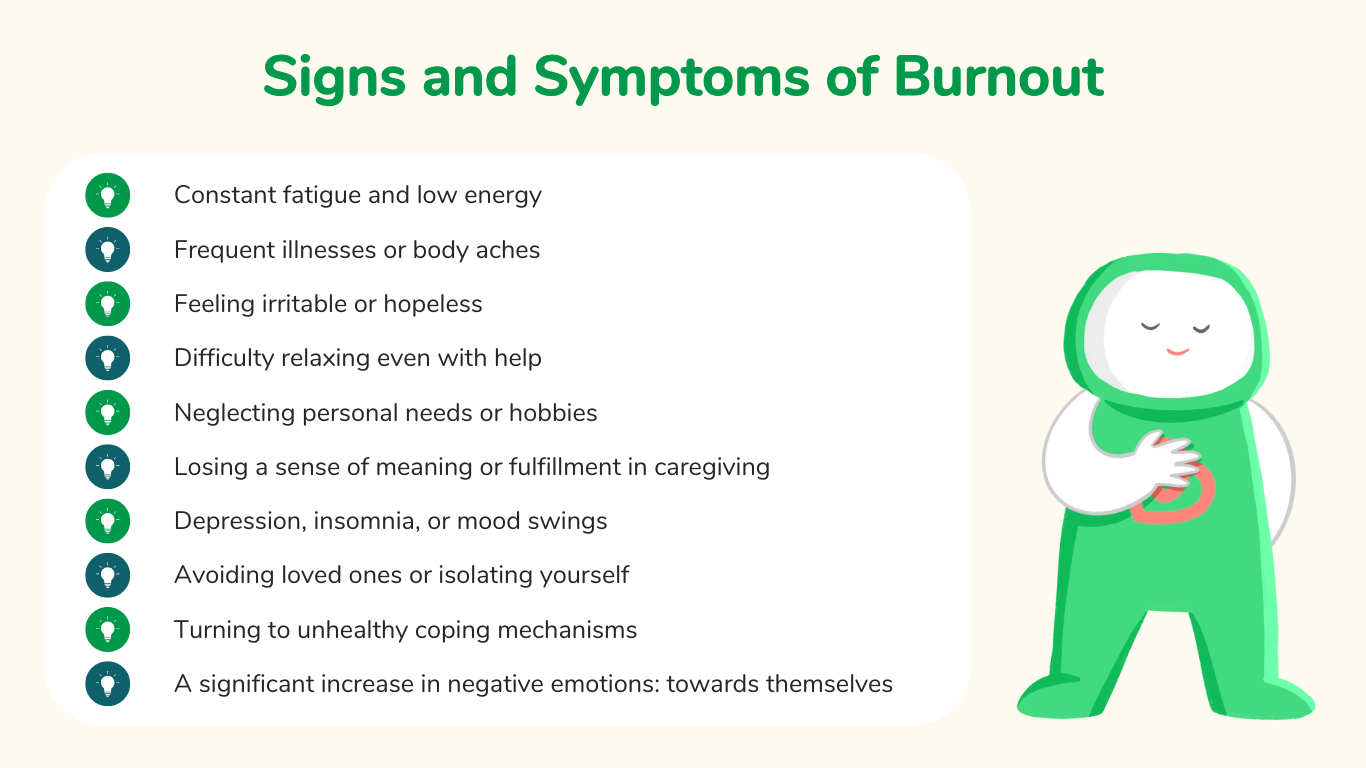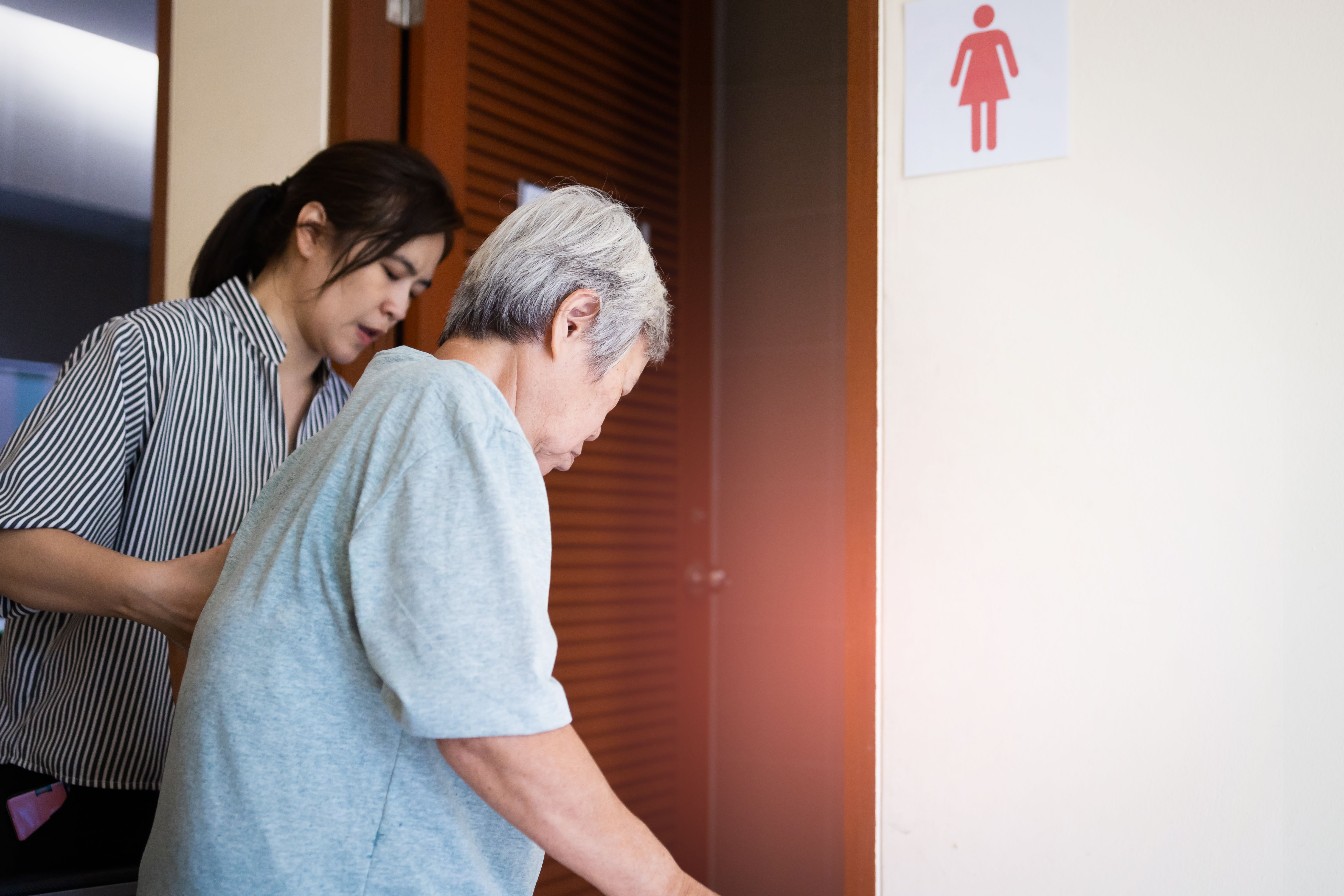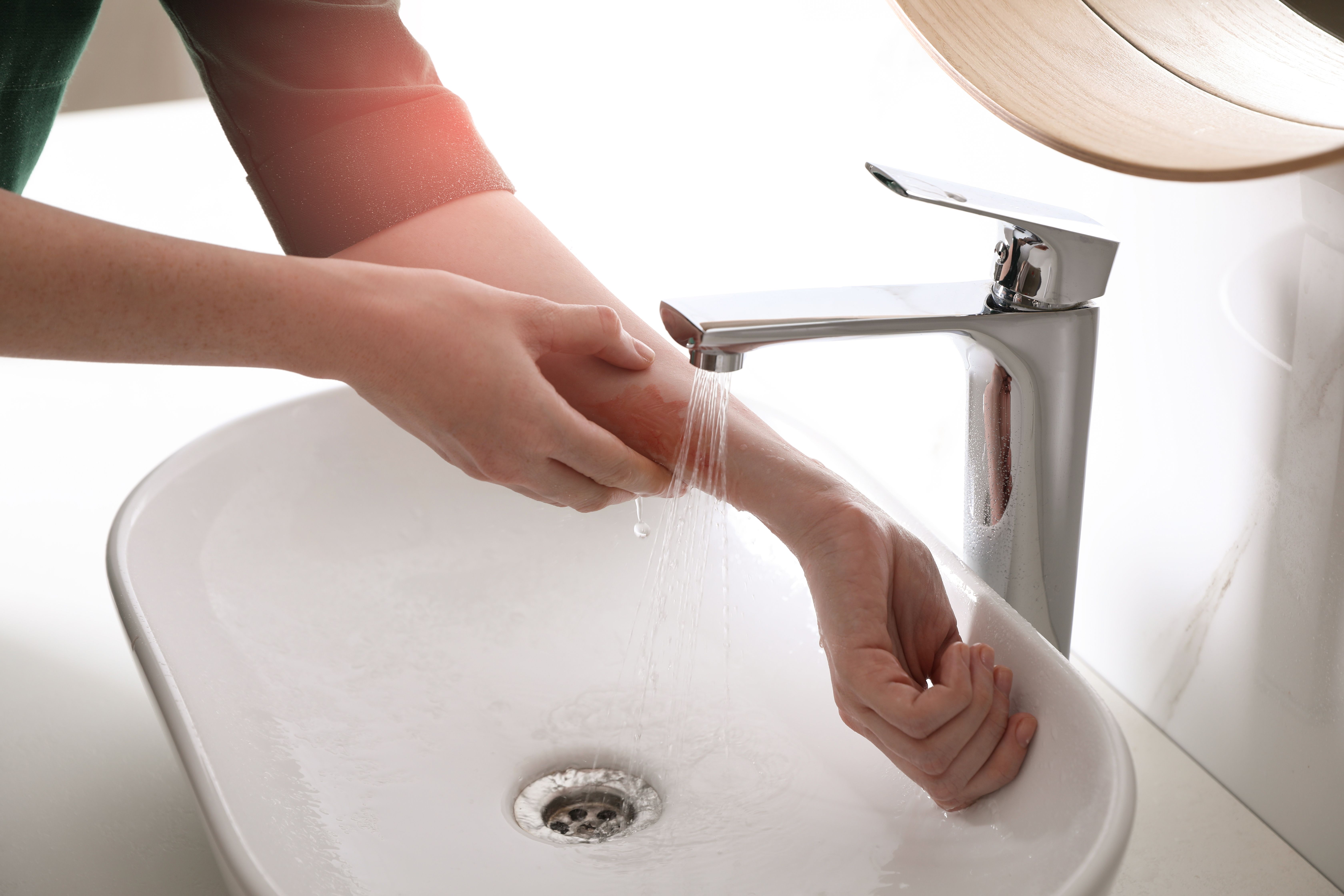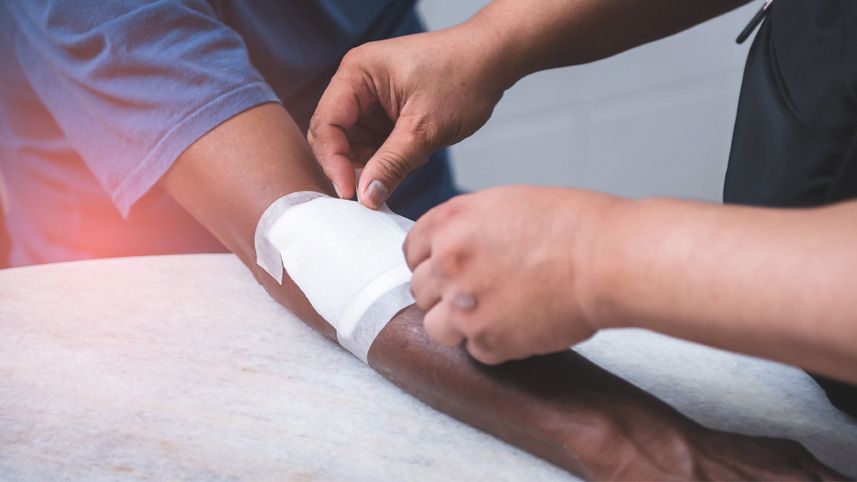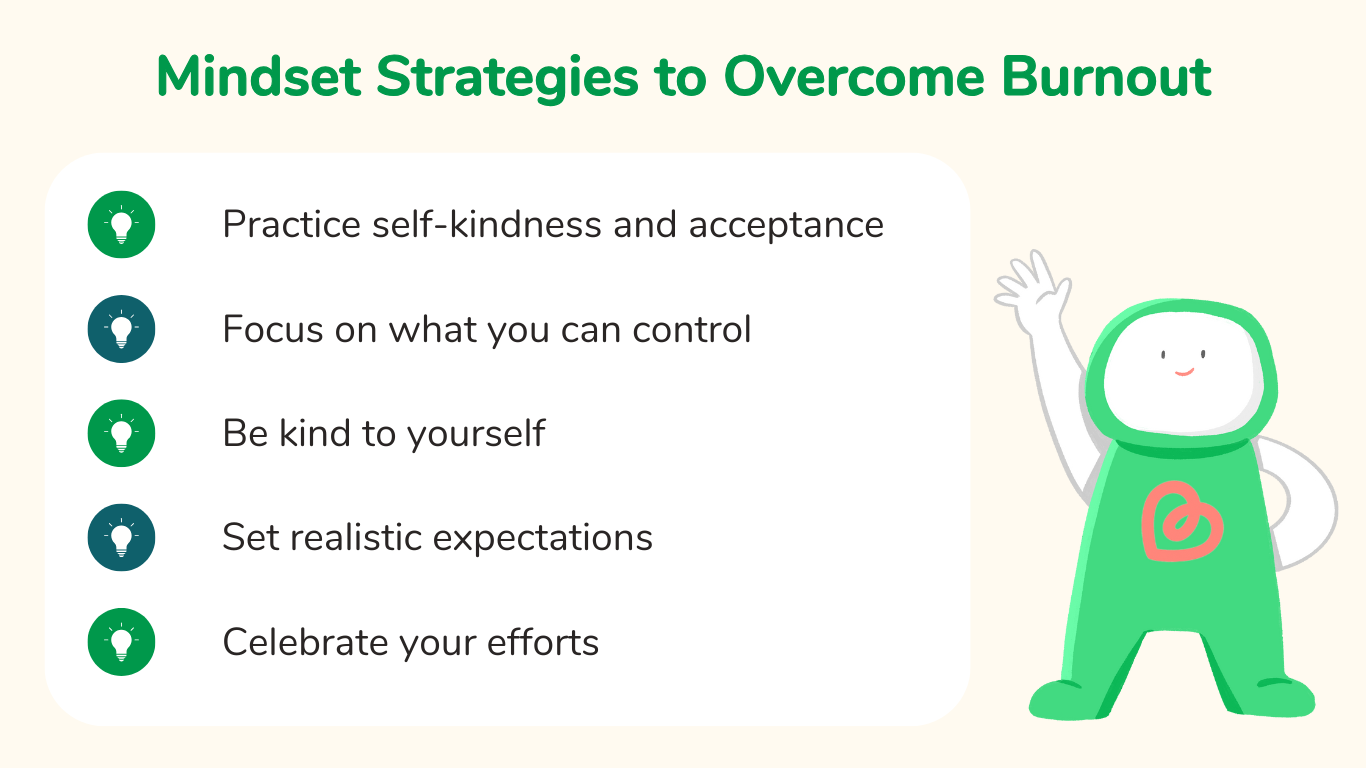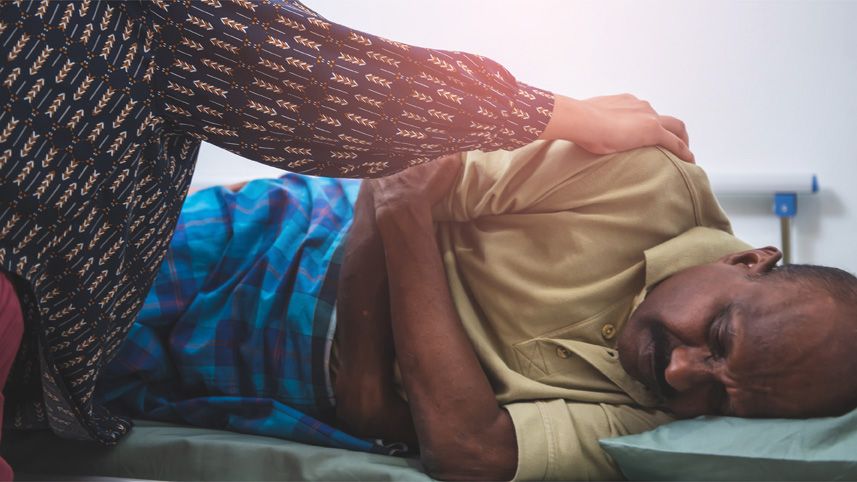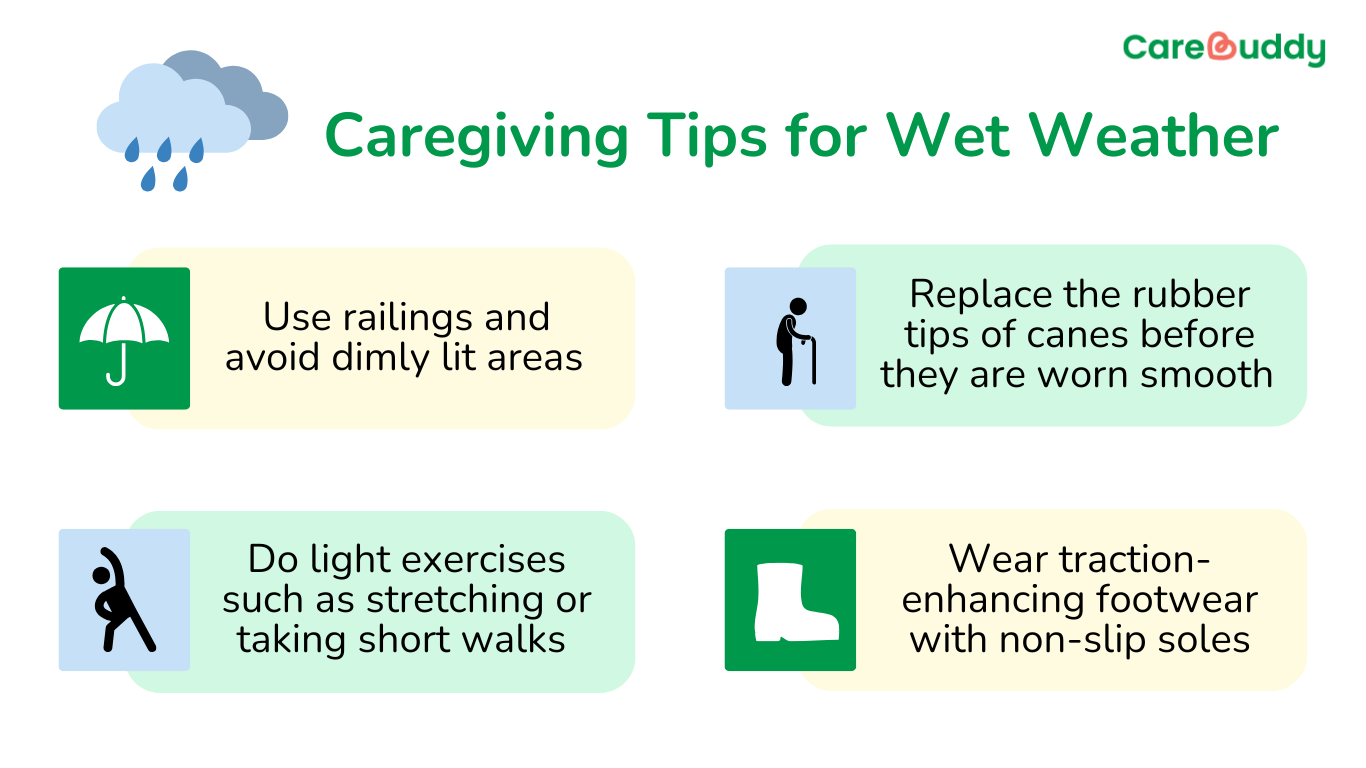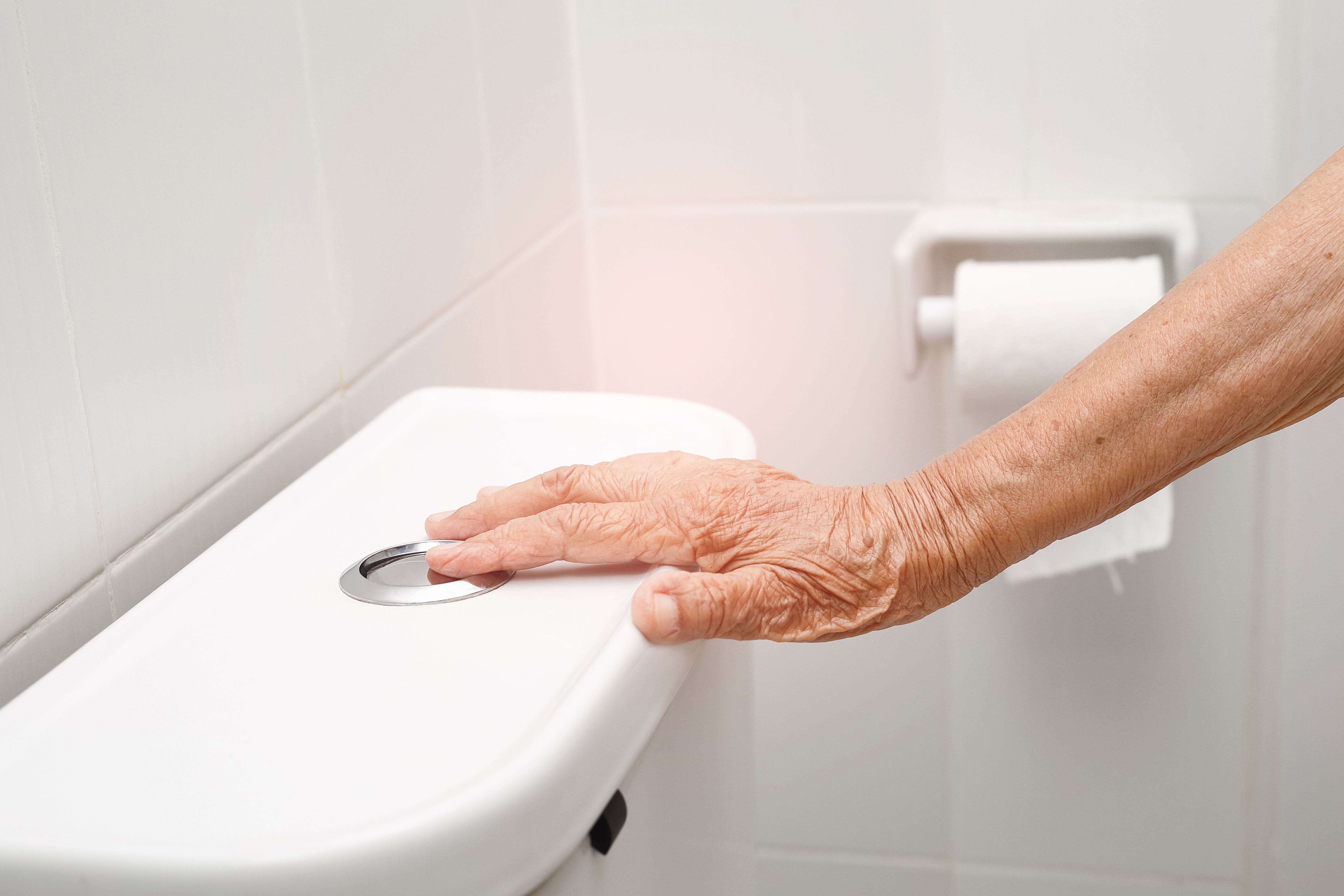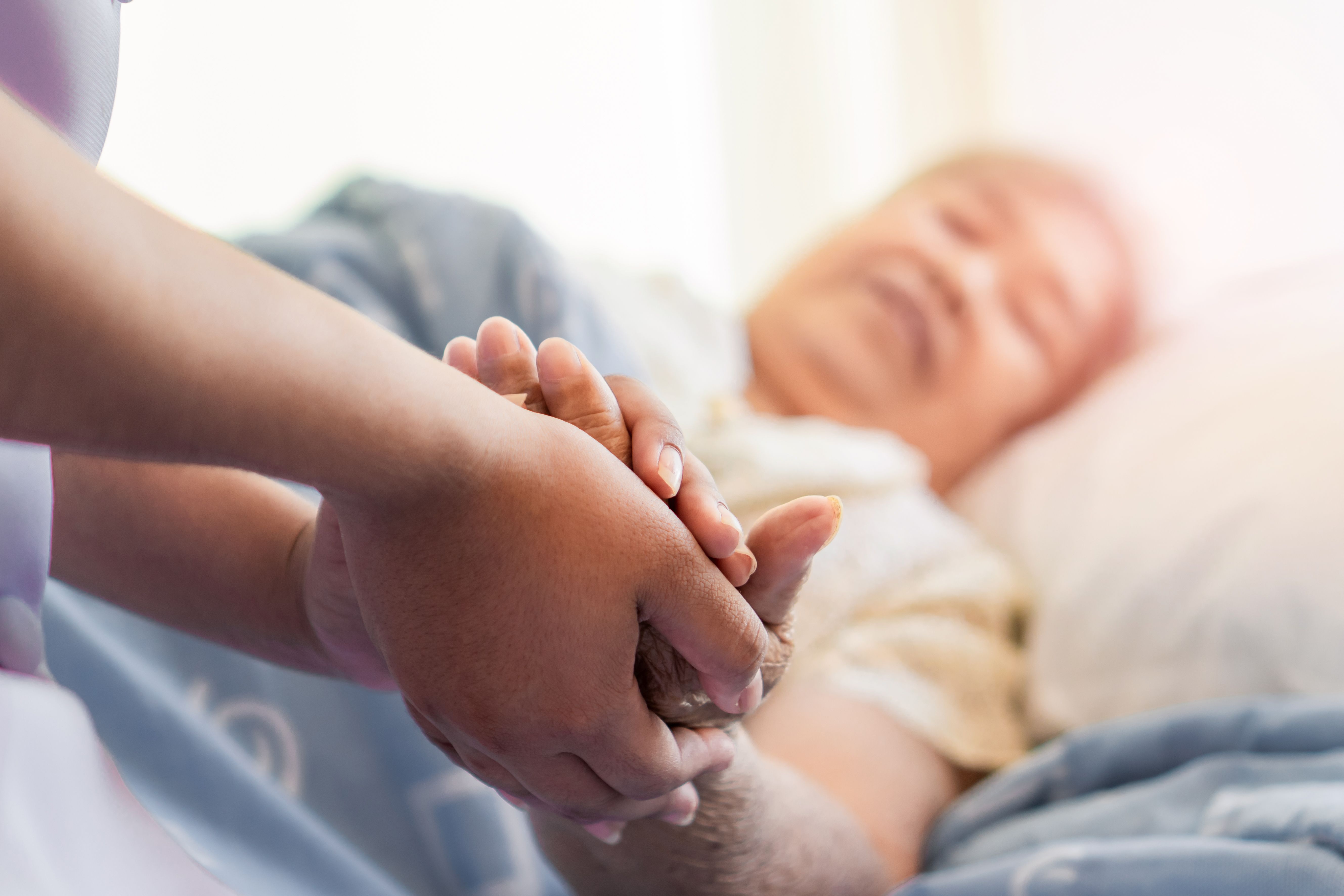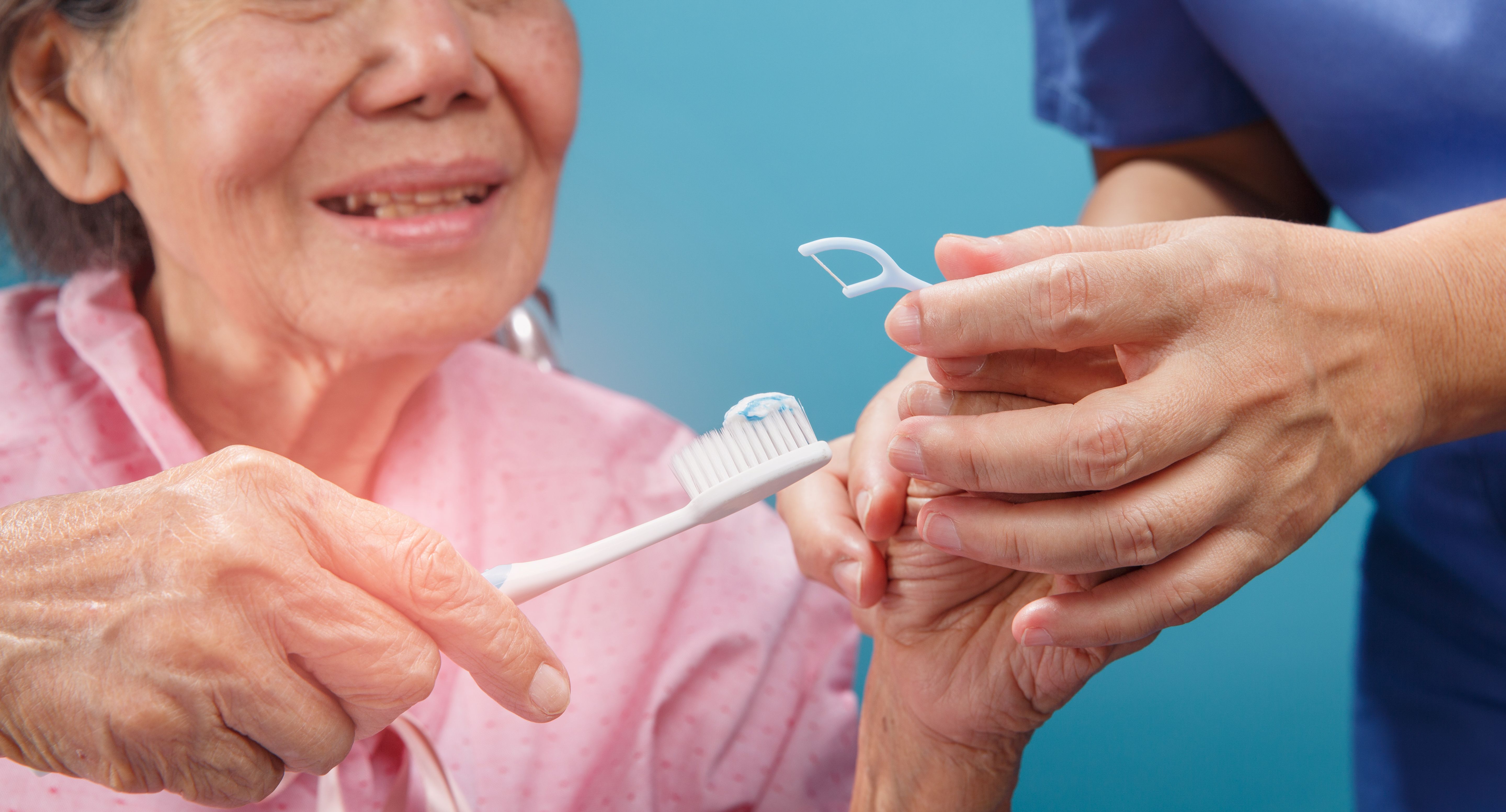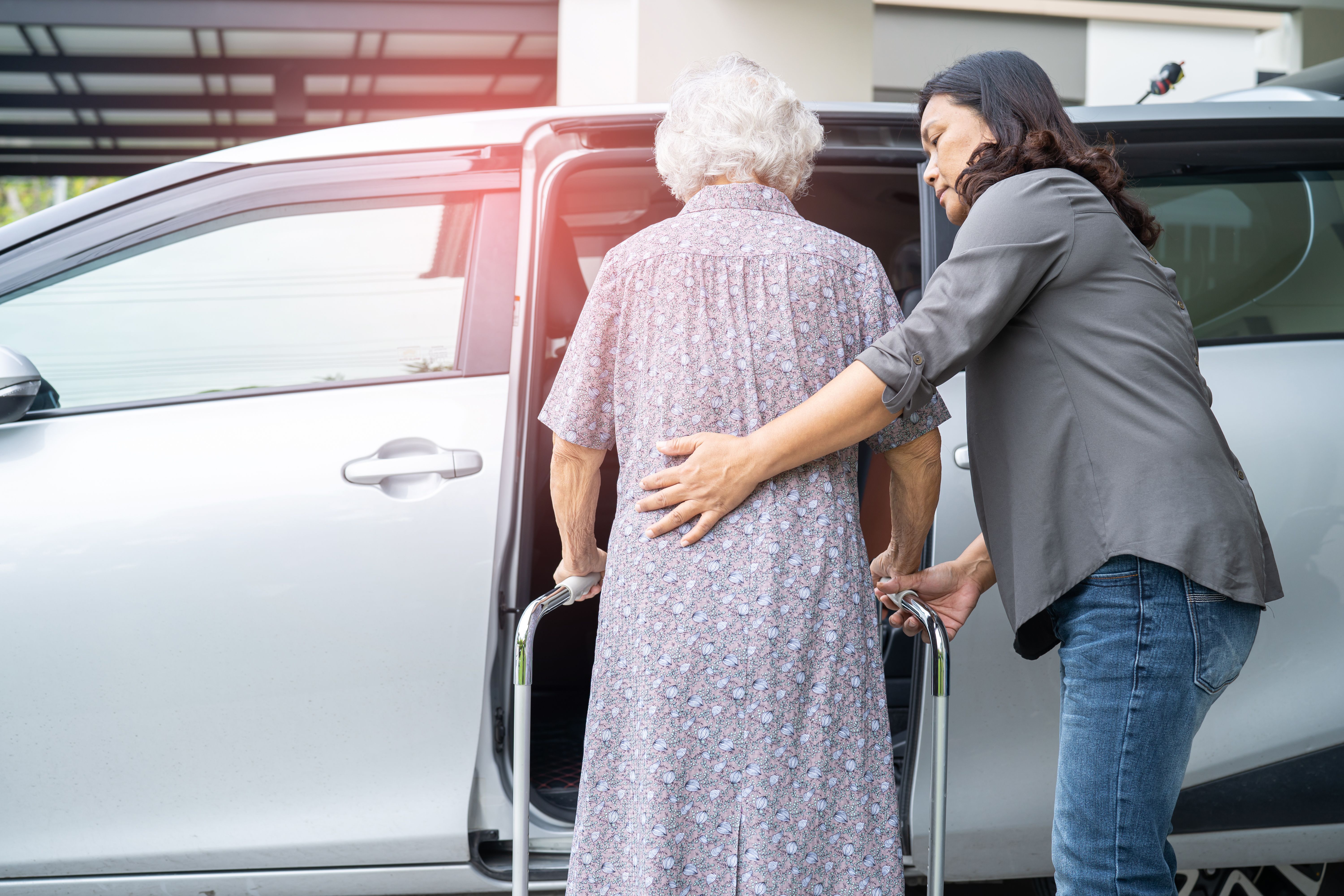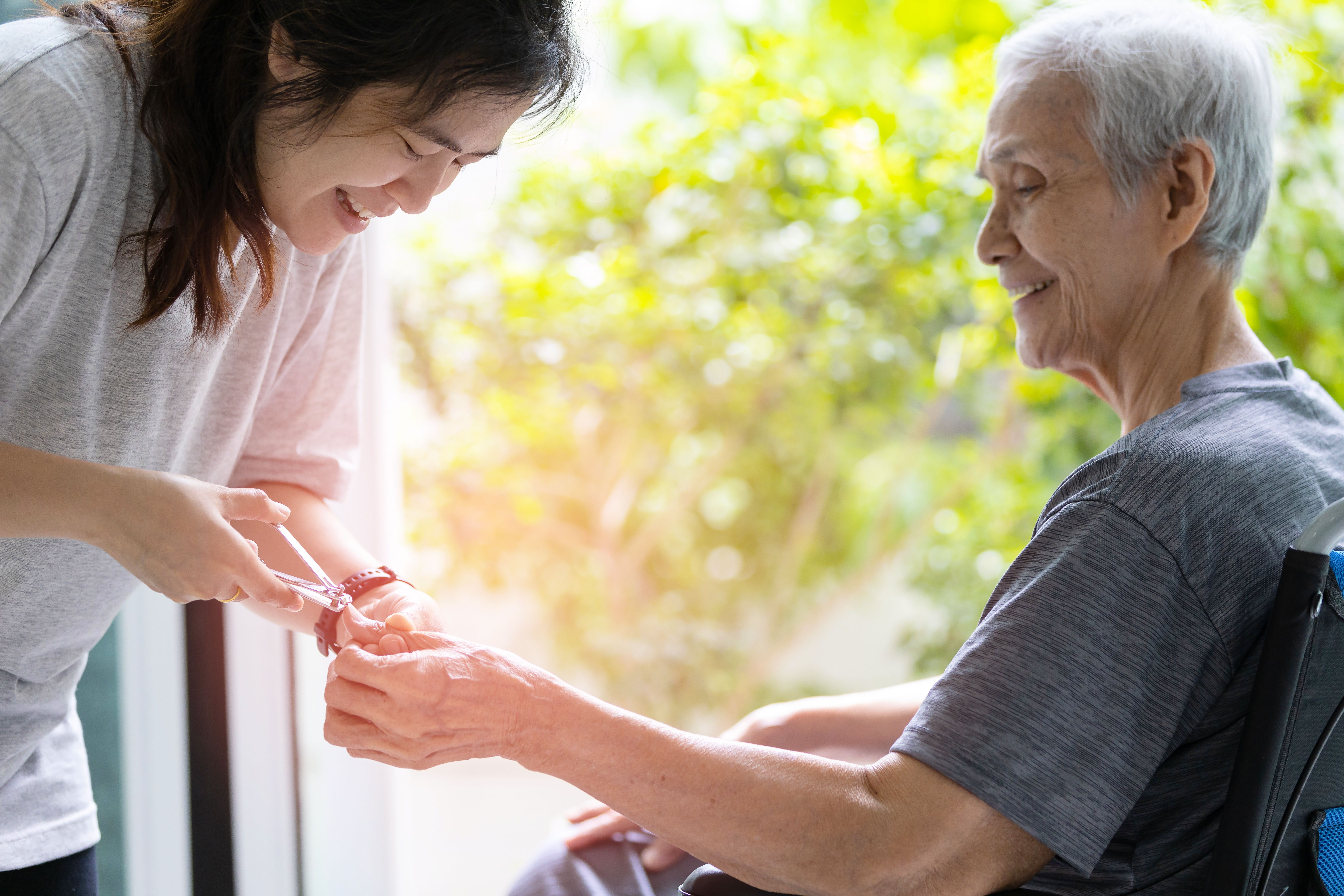Moving and transporting a care receiver
- CareBuddy
- 4 Mins Read
- 21 Sep 2022
- Elderly Care

There are many reasons for relocating a care receiver to a different location. The first and most obvious reason is for treatment. Another reason is to take them away from the source of danger, e.g. electricity or toxic fumes.
Principles of lifting
- Assess the weight of the care receiver to be lifted.
- Assess the immediate area for space available and any hazards.
- Bend your knees to lower your body to the level of the care receiver.
- Keep your feet shoulder-width apart to give yourself a stable base.
- Keep your back straight.
- Use a firm grip while holding and lifting any part of the care receiver.
- Keep your arms close to your body while lifting.
- Carry the care receiver close to their centre of gravity (where they are least likely to fall out of your arms)
- Lift using your leg muscles as far as possible.
- Move the care receiver by pivoting your feet in the direction of the movement. E.g. If you need to move them rightwards, pivot your feet to the right.
Let’s now look at the most commonly-recommended carrying techniques.
Cradle carry
This involves placing one of your arms under the care receiver’s legs and your other arm around their back and lifting them.
It comes in handy when the casualty has chest or abdominal injuries which necessitate that those areas shouldn’t experience too much force during transportation. It’s also useful when the casualty doesn’t weigh much.
Pick-a-back carry
This involves the care receiver holding onto your shoulders while you lift them up with your arms supporting their thighs.
It’s useful when the care receiver is conscious but is not able to walk much, or if you need to transport them long distances. It’s suitable for those with chest injuries but not for those with fractures of the limbs.
Two-handed seat carry
This is useful when the care receiver is conscious and you happen to have a companion to help.
You and your companion can create an improvised “seat” by holding each other’s shoulders and wrists and then help the care receiver get comfortably seated on it before you carry them.
Fore-and-aft carry
This is a suitable method when a care receiver is unconscious and you have a companion to help.
As the name suggests, this involves one caregiver at the “fore” of the unconscious care receiver holding their legs, another caregiver at the back of the care receiver reaching under their arms and supporting them, and both caregivers carrying the care receiver forward.
Kitchen/dining chair carry
This is useful when there’s a chair available and you need to carry the care receiver through potentially fall-inducing areas such as staircases and uneven ground. It requires two caregivers.
It involves placing the care receiver carefully on a chair, after which, one caregiver is at the back of the chair and tilts it gently backwards, allowing the other caregiver at the front of the chair to hold the chair’s legs, so that both caregivers can move the care receiver forward.
Blanket/sheet pull
Sometimes, you’ll have to improvise. If a blanket or a few shirts are available, you could fold them into an improvised stretcher, help the care receiver rest on it, and get the support of bystanders to carry the improvised stretcher with the care receiver on it.
Human crutch carry
This is useful when the care receiver has an injured leg but can walk with assistance.
Stand next to the injured limb, place an arm around their shoulder and help them walk forward step by step, minimising the weight on their injured leg.
Article reviewed by David Tay, Senior Principal Educator (Nursing and Prehospital Care), HMI Institute.




